In-screen fingerprint sensors are bad and need to go away
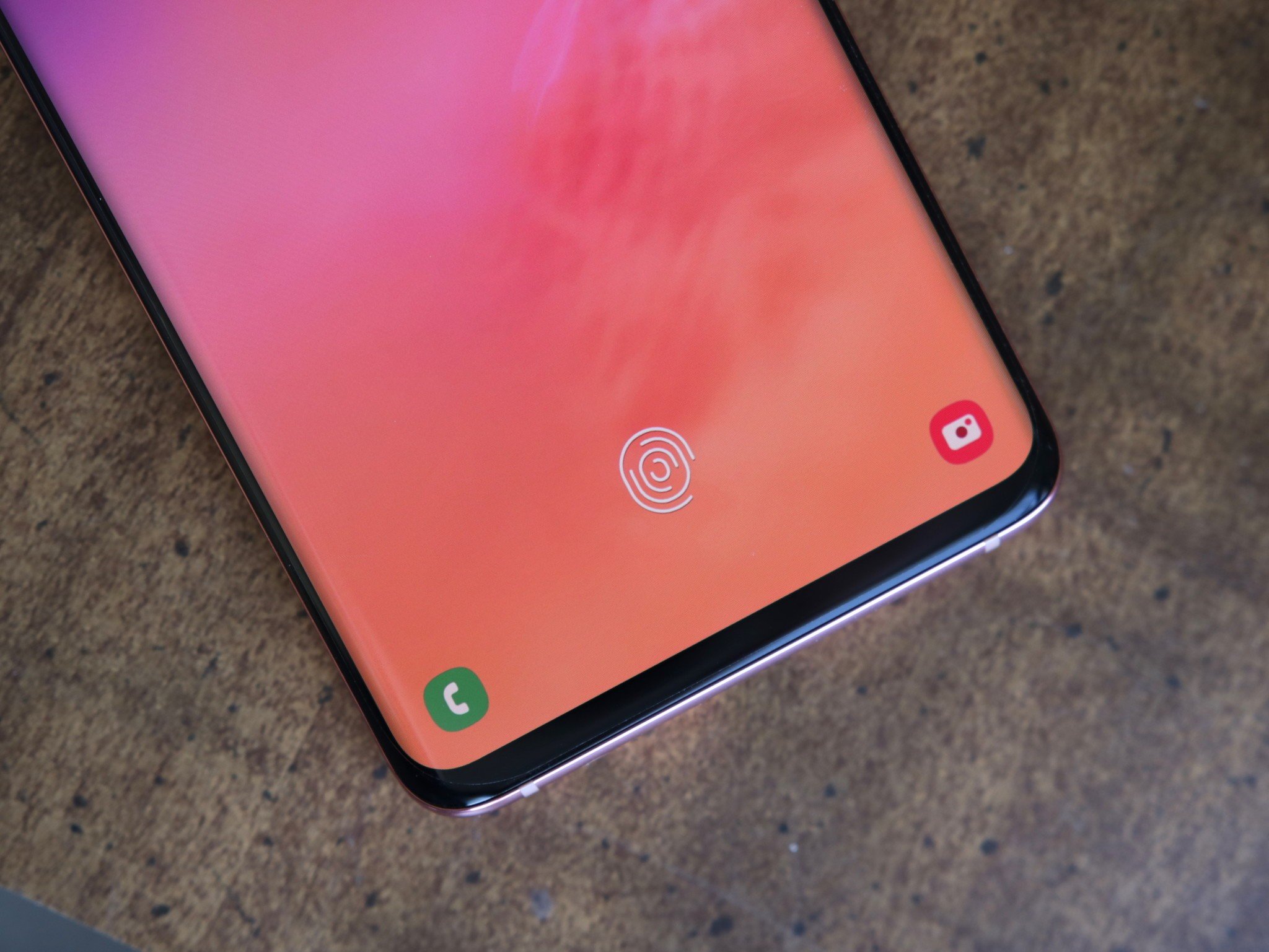
I got my hands on the Galaxy S10 about a week ago, and so far I've been loving every minute of using the phone. Well, almost every minute of it.
The Galaxy S10 is one heck of a smartphone and easily one of the best you can buy right now, but it has a feature that's been causing me endless headaches — the in-screen fingerprint sensor. This is the first phone I've used with such technology, and after just a few minutes of messing around with it, my initial concerns were instantly validated.
Samsung's one of many companies that decided to get rid of the traditional fingerprint sensor in favor of one that's hidden underneath the display, and while it does look insanely cool and is a fun party trick, it's a trend I cannot stand and something I hope the industry decides to get over sooner rather than later.
Right now, there are two main types of in-screen fingerprint sensors — optical and ultrasonic.
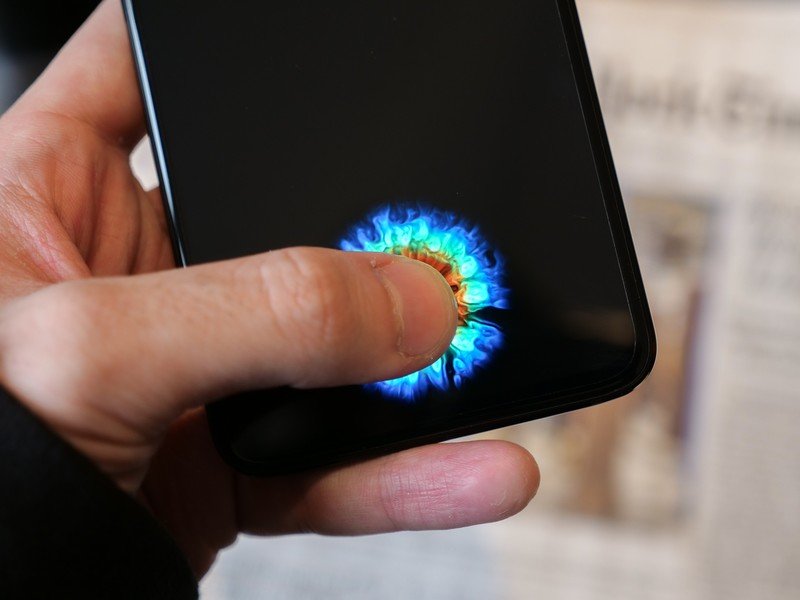
Optical sensors were the first to hit the market and are seen on devices such as the OnePlus 6T. They work by capturing an image of your finger, and then each time you unlock your phone, it matches that image with what the finger you're using. Ultrasonic sensors, on the other hand, are much more advanced and use soundwaves that scan your fingerprint and then store a copy of its makeup; including things like the individual grooves and pores. As of publishing this article, the only phone to use an ultrasonic sensor is the Galaxy S10.
Both optical and ultrasonic sensors are hidden underneath a phone's display and allow you to place your finger on a small designated area of it. Ultrasonic sensors are more expensive than the already costly optical ones, but they have the potential of being faster and more secure thanks to the additional data they capture.
In-screen fingerprint sensors are slow and unreliable. Stop using them.
So far, the implementation of both these technologies has left...well...a lot to be desired.
Be an expert in 5 minutes
Get the latest news from Android Central, your trusted companion in the world of Android
Being slower than regular fingerprint sensors is the best case scenario. The worst is having these in-screen sensors regularly misread your fingerprint, requiring you to give multiple attempts before your phone finally unlocks.
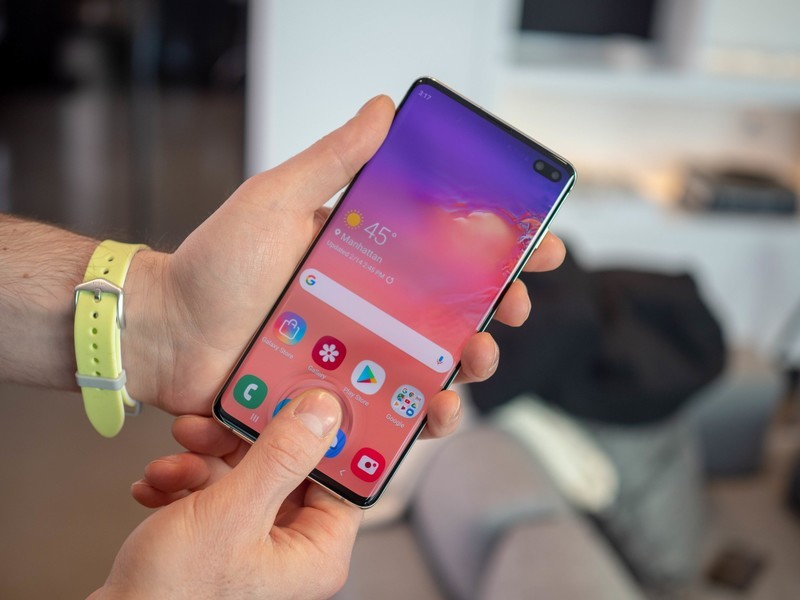
So far, my experience with the Galaxy S10 has been a mixed bag. There are times when it registers my fingerprint just fine and others in which it completely fails to work at all. This is the best version of an in-screen sensor that's yet to hit the market, but even so, it feels like a major step backwards compared to tried-and-true traditional sensors.
That's annoying enough as is, but the annoyance of in-screen sensors goes beyond the inconsistent performance.
If your phone has an ultrasonic sensor like the S10 does, screen protectors are kind of a crapshoot. Plastic protectors work fine, but if you want to use a tempered glass one, only certain ones work. Even more irritating, using an in-screen sensor requires a bit more thought to use.
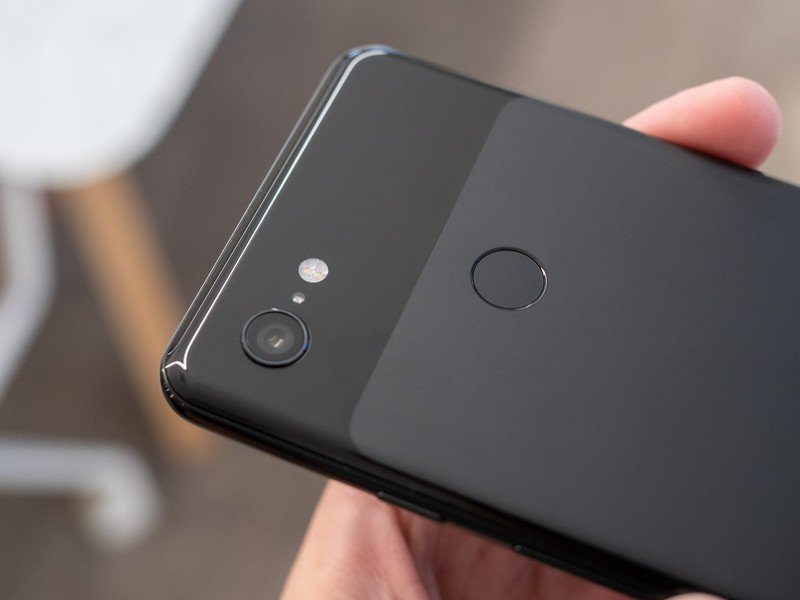
Traditional sensors are easily detectable as they usually have some sort of divot or physical difference compared to the rest of the phone — making it easy to blindly place your finger on it without having to seek it out. Since in-screen sensors don't have this luxury, you need to really think about where you're placing your finger. This could change over time as the technology evolves, but when you need to put your finger on a small, specific area of your large display, it becomes something of a chore.
These sort of problems are to be expected of new technology, but here's my question — why did we need to start using in-screen fingerprint sensors in the first place? Sure, fingerprint sensors below the display of a phone don't work anymore with the industry's quest to eliminate bezels, but here's an idea — why not put it on the back or side of the phone? You know, how we've been doing it for years.
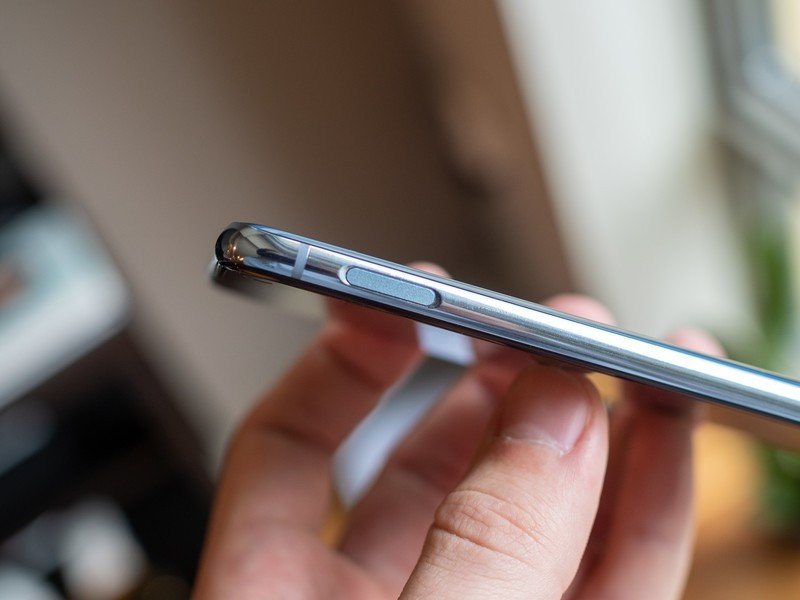
That's what irks me the most about this whole trend. There's a way to have good, reliable fingerprint sensors on phones while still maximizing screen real estate — such as the power-button-mounted sensor on the Galaxy S10e — but for whatever reason, companies are set on implementing in-screen sensors that offer a worse user experience no matter how you look at it.
Despite this, it doesn't look like in-screen fingerprint sensors are going away anytime soon. They look cool, are a noticeable difference over older phones, and give OEMs something to promote when marketing their phones to people who are in need of an upgrade.
Yay technology.
Joe Maring was a Senior Editor for Android Central between 2017 and 2021. You can reach him on Twitter at @JoeMaring1.

